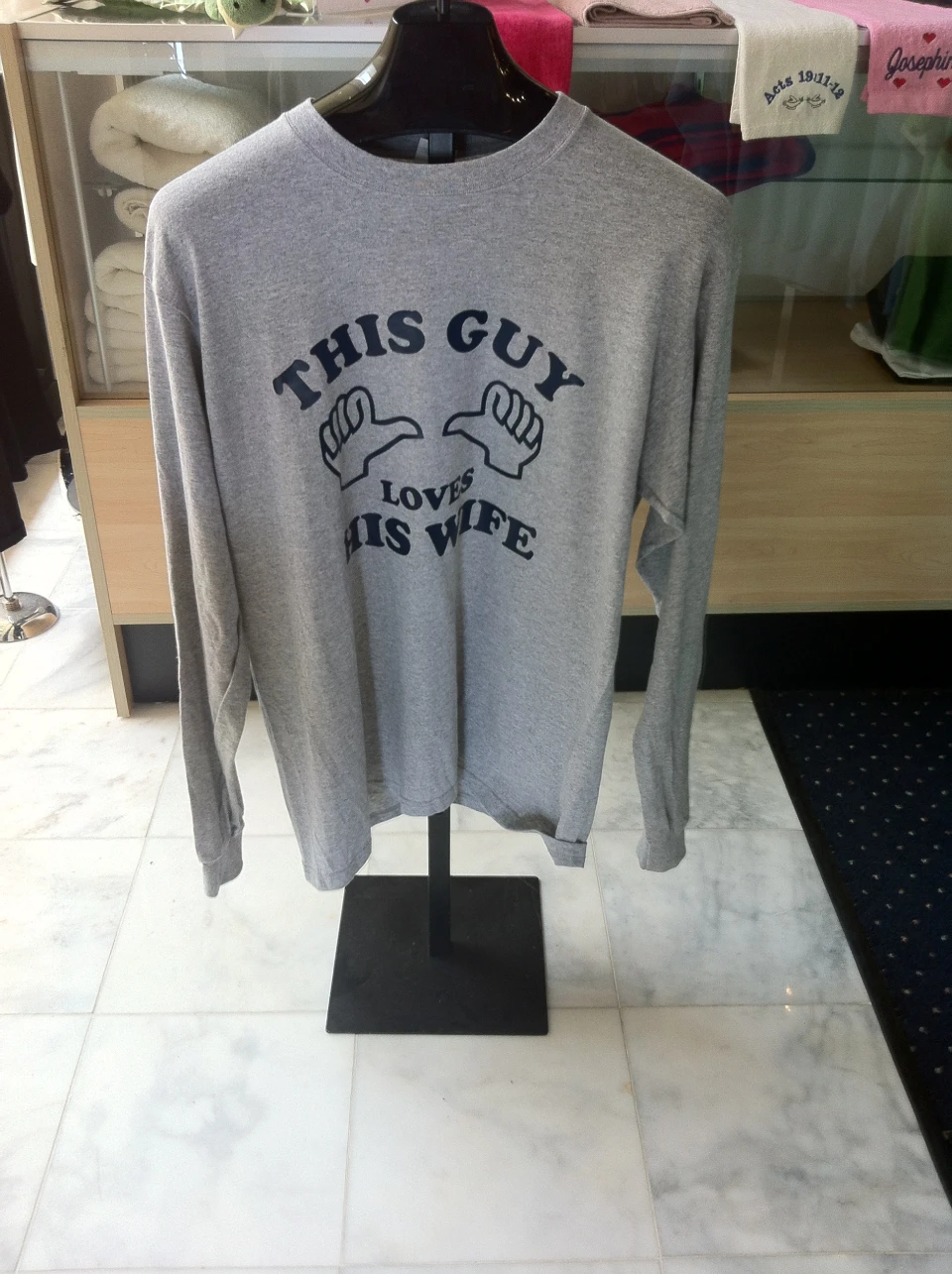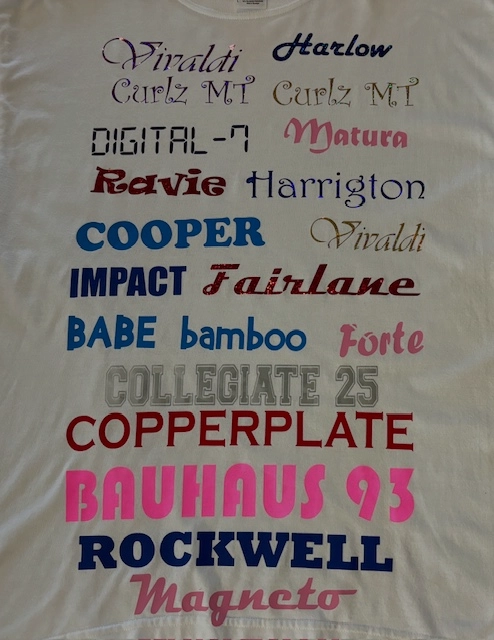Customized Lab Coats with Embroidery for Medical Professionals
Wiki Article
The Art of Customized Needlework: Opening the Tricks to Creating Unique and Unforgettable Styles
Needlework, a craft soaked in tradition and artistry, holds within its elaborate stitches the power to change textile right into a canvas of unique expression. The secrets to producing custom-made needlework layouts that astound the eye and leave a lasting impression lie in a delicate balance of technique, imagination, and interest to information. As we dig into the world of customized embroidery, we uncover the nuanced interplay between thread selection, stitch intricacy, and design personalization that boosts a plain garment to a job of art. Join us on a trip with the art of custom-made needlework as we unwind the secrets behind crafting really memorable and distinctive creations.Picking the Right Needlework Threads
When selecting needlework strings, what crucial aspects should you consider to make sure the very best outcomes for your customized layouts? The choice of embroidery string is essential in establishing the final result of your stitched layout. One of the main factors to consider is the product of the thread. Different materials such as cotton, polyester, rayon, and silk use varying levels of shine, durability, and structure. It is necessary to select a thread material that matches the material you are stitching on and aligns with the desired look of the layout.
Thicker strings can include dimension and texture to your layout, while finer threads are perfect for elaborate details and tiny text. Additionally, taking into consideration the color fastness and washability of the thread is critical to make sure that your customized layouts preserve their quality and vibrancy over time.
Discovering Different Stitch Techniques
To dive into the world of 'Exploring Various Stitch Methods', one must comprehend the complexities and subtleties that each stitching approach gives the art of needlework. Different stitch strategies not only include aesthetic rate of interest yet likewise add to the overall appearance and dimension of the style. One preferred stitch method is the satin stitch, which entails closely stuffed parallel stitches to create a smooth and glossy surface area, ideal for loading in shapes and producing vibrant describes.On the various other hand, the backstitch is a versatile technique usually used for detailing and including fine details. It includes sewing backward to create a strong line of needlework. In addition, the French knot stitch adds a tactile aspect to designs, ideal for producing distinctive accents like blossom centers or ornamental touches.
Checking out various stitch techniques enables embroiderers to play with light, darkness, and deepness within their styles, raising the visual charm and creative high quality of their needlework projects. By mastering different stitching methods, one can unlock endless opportunities for producing unique and remarkable custom needlework pieces.
Incorporating Personalized Design Components
Having actually explored the intricacies of various stitch methods such as the satin stitch, backstitch, and French knot, the emphasis now shifts in the direction of including customized design components in custom needlework jobs. Personalized design aspects play an important function in making needlework jobs absolutely one-of-a-kind and unforgettable. One way to incorporate personalization is by adding initials, names, or considerable dates to the design. This not just includes a personalized touch yet also boosts the sentimental value of the needlework item.Another means to integrate customized style components is by consisting of signs or concepts that hold unique meaning to the recipient or show their passions and individuality. As an example, integrating a favored blossom, pet, or hobby-related icon can make the embroidery layout a lot more meaningful and personalized. In addition, choosing colors that reverberate with the recipient or align with the intended style can additionally enhance the personalization of the embroidery job.
Grasping the Art of Shade Coordination

One key element of shade control is comprehending shade concept. This includes recognizing how different colors connect with each various other, suitsupply custom suit the feelings they communicate, and exactly how they can be integrated to develop visually enticing designs. By using shade theory concepts, embroiderers can create unified shade schemes that improve the overall appearance of the style.
In addition, taking notice of contrast is read this post here crucial in color control. Making use of contrasting shades can aid particular elements of the layout pop, boost clarity, and develop an aesthetically dynamic embroidery piece. By grasping the art of shade sychronisation, embroiderers can raise their styles and produce remarkable items that resonate with clients and viewers alike.
Enhancing Texture With Advanced Embroidery Stitches

French knots, for instance, are excellent for including small, raised dots to your design, Get More Information mimicking the appearance of grains or developing a distinctive surface. Bullion knots, on the various other hand, can be made use of to create twisted, ropelike aspects that add a luxurious feeling to the needlework. Seed stitching entails small, scattered stitches that can fill out locations with a multicolor appearance, while turkey work creates fluffy, dimensional accents reminiscent of pet hair or vegetation. Try out these advanced embroidery stitches allows you to push the boundaries of traditional needlework and create really unique and visually attractive appearances in your designs.
Final Thought
To conclude, the art of custom-made embroidery involves a mix of selecting the ideal threads, exploring different stitch methods, incorporating tailored design aspects, grasping color control, and boosting structure with advanced stitches. By recognizing and carrying out these essential elements, embroiderers can produce distinct and remarkable styles that showcase their creative thinking and skill. Needlework lovers can unlock the tricks to creating beautiful and custom pieces that attract attention and leave an enduring impression.Report this wiki page